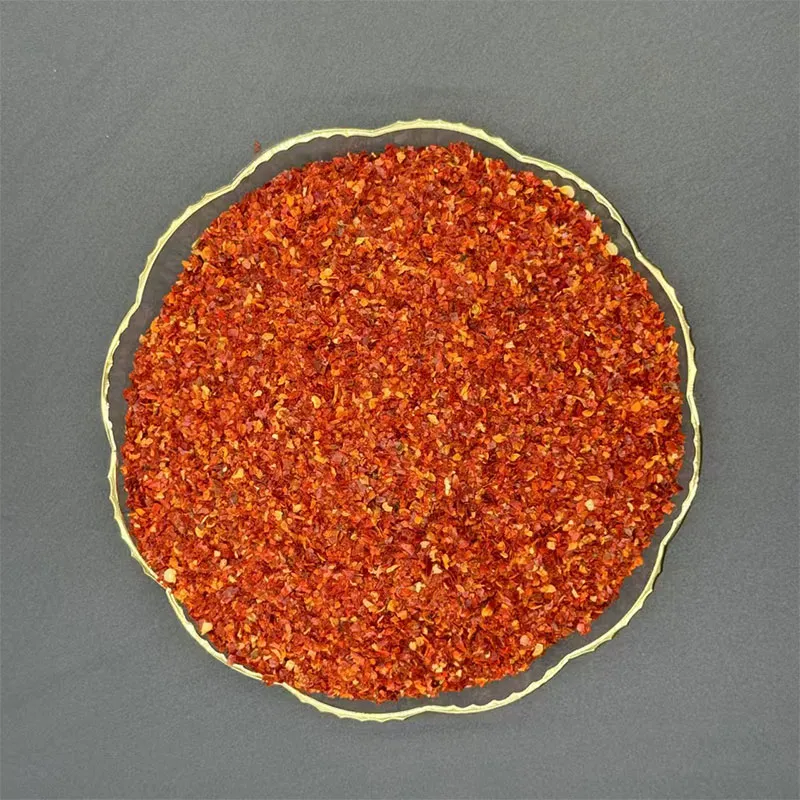- No. 268 Xianghe Street, Economic Development Zone of Xingtai city, Hebei 054001 China
- Byron@hbhongri.cn
Exploring the Versatile Uses and Benefits of Paprika in Cooking
The Versatility of Paprika A Flavorful Journey Through Culinary Tradition
Paprika is more than just a spice; it is an emblem of the rich culinary traditions of many cultures around the world. Derived from ground red peppers, paprika brings color, flavor, and a hint of warmth to countless dishes. Its journey from the fields to our kitchens is as fascinating as the spice itself, illustrating the deep-rooted connection between food and culture.
Historically, paprika finds its origins in Central America, where indigenous people used peppers for both culinary and medicinal purposes. After Christopher Columbus's voyages, these vibrant peppers made their way to Europe, where they were cultivated and transformed into the beloved spice we know today. Hungary and Spain are the two countries most famously associated with paprika, each presenting its unique varieties and uses.
The Versatility of Paprika A Flavorful Journey Through Culinary Tradition
On the other hand, Spanish paprika, known as pimentón, comes in various forms including pimentón dulce (sweet), pimentón picante (spicy), and pimentón ahumado (smoked). Spanish cuisine celebrates this spice through dishes like chorizo, paella, and even in stews, where the smokiness of pimentón adds a layer of flavor that is both distinct and comforting. The use of paprika in these dishes showcases its versatility; it enhances not only the taste but also the visual appeal with its vibrant red hue.
paprika por

However, paprika's appeal extends beyond just Eastern European and Mediterranean cuisines. It finds its place in a variety of international dishes, enhancing everything from deviled eggs to potato salads in American cookery. Its mild flavor profile allows it to complement a multitude of ingredients without overwhelming them. At the same time, its bright color can transform a simple plate into a visually stunning presentation.
Nutritionally, paprika is a treasure trove. It is rich in antioxidants, particularly carotenoids, which are known for their anti-inflammatory properties. Paprika also contains vitamins A, B, and C, contributing to its reputation as a healthy addition to your diet. The spice not only adds flavor but also packs a nutritional punch, making it an excellent choice for health-conscious cooks.
As global cuisine continues to evolve, paprika has maintained its status in kitchens around the world. Chefs and home cooks alike explore new ways to incorporate this spice into their recipes, appealing to the modern palate's desire for bold flavors and vibrant colors. Infused oils, rubs for meats, and additions to dressings are just a few examples of how paprika is being used creatively in contemporary cooking.
Moreover, the rise of culinary tourism has introduced many to the regions where paprika is a key ingredient, fostering greater appreciation for the spice’s origins and cultural significance. Food festivals celebrating paprika, cooking classes focusing on traditional recipes, and culinary tours have all contributed to a renewed interest in this timeless spice.
In conclusion, paprika is a multifaceted spice that embodies the cultural heritage and culinary artistry of various regions. Its rich history, diverse applications, and health benefits make it an essential ingredient in kitchens worldwide. Whether you are stirring it into a pot of stew or sprinkling it over a salad, paprika brings a unique vibrancy that connects us to the traditions and flavors of the past, while continuing to inspire creativity in modern gastronomy. With every pinch, we celebrate the stories and cultures that have shaped this wonderful spice.
-
Turmeric Rhizome Powder: A Golden Treasure from Roots to TableNewsJul.28,2025
-
The Versatile Application Of Crushed Red Hot Peppers: Lighting Up The Red Flames On The Dining TableNewsJul.28,2025
-
The Paprika: A Touch Of Vibrant Red In Color, Flavor, And CultureNewsJul.28,2025
-
Ground Turmeric: A Modern Examination of an Ancient SpiceNewsJul.28,2025
-
Capsicum Liquid Extract: Features, Applications, and ChallengesNewsJul.28,2025
-
Application of Capsicum Liquid Extract in FoodNewsJul.28,2025







